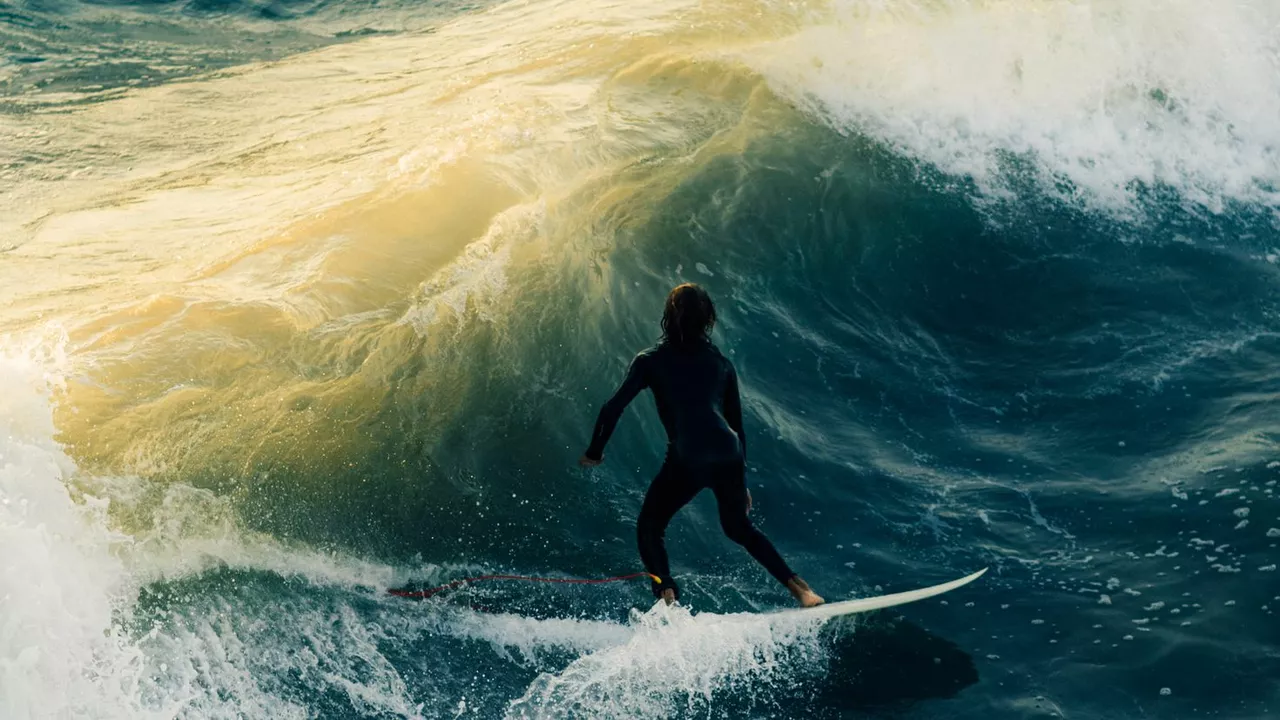Waveless Surfing Solutions – How to Ride Without Waves
If you love the feeling of carving on water but your local spot is flat, you’re not stuck. Waveless surfing—sometimes called flat water surfing or windsurfing—lets you catch speed without a breaking wave. The key is using the wind, a board designed for low‑energy conditions, and a few simple tricks. In this guide you’ll find the gear you need, the basics of stance and balance, and safety tips that keep the fun rolling.
Gear you need for a wave‑free session
First, choose a board that works on flat water. A wide, low‑volume windsurf board or a foil board is ideal. The larger surface area gives you lift even when the wind is light. Look for a board with a sturdy foot strap or a single‑foot harness if you plan to use a foil. Next, pick a sail that matches the wind strength; a 4‑6 m² sail is usually enough for breezy days. If you’re new to windsurfing, a soft‑top board and a beginner’s rig provide forgiving control.
Don’t forget a good wetsuit. Flat water can be colder because there’s no wave‑generated spray, so a 3/2mm suit is a safe bet for most UK coasts. A helmet and impact vest add extra protection, especially when you’re learning to balance on a foil. Finally, a small pump for inflating an inflatable board and a repair kit for quick fixes will keep you on the water longer.
Techniques to generate speed on flat water
Unlike wave surfing, the only thing pushing you forward is the wind. Start by positioning the sail at about 45 degrees to the wind (the “close haul” angle). Keep the board pointed slightly downwind and use the sail to pull yourself forward. As you pick up speed, gradually ease the sail out to about 60 degrees and let the board plane across the surface.
If you’re using a foil, the technique is similar but you’ll feel the board lift after a few seconds of steady speed. Keep your weight centered over the foot strap and let the foil do the work. Small adjustments to the sail angle will change your direction, so practice turning by shifting the sail left or right instead of using your feet.
Balance is everything. Keep your knees slightly bent and your core engaged. Look where you want to go, not down at the board. When you feel the board starting to stall, ease the sail back in a little and give yourself a gentle push with your back foot.
Flat water also offers a perfect environment to practice tricks. Because the surface is smooth, you can try small hops, foot‑jumps, or even simple spins without the risk of crashing into a wave. Start low, master the landing, then build up height as you get comfortable.
Safety on waveless days is straightforward. Stay within sight of the shore, wear a buoyancy aid, and check the wind forecast before you go. If the wind drops, you’ll lose speed quickly, so have a plan to paddle back or use a small fin to help you glide to safety.
With the right board, a bit of wind, and these basic moves, you can surf any flat lake, river, or calm sea. Give it a try next time the swell is flat—you’ll discover a whole new way to enjoy the water without waiting for a perfect wave.
What do you do when you're surfing and there are no waves?
When there are no waves while I'm surfing, I use this time to better my board handling skills and balance. This often involves trying different positions on the board or practicing paddling techniques. It's also a perfect opportunity to appreciate the calmness of the sea, soak up some sun, or even engage with the surfing community. Plus, it's a great time to maintain and check my equipment. Remember, surfing isn't just about riding waves - it's about embracing the whole experience.
